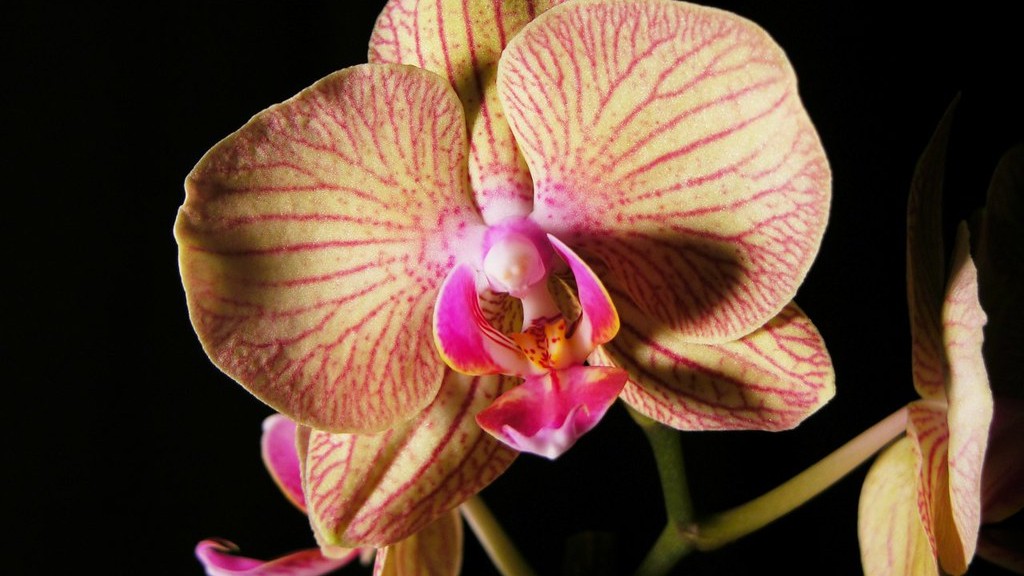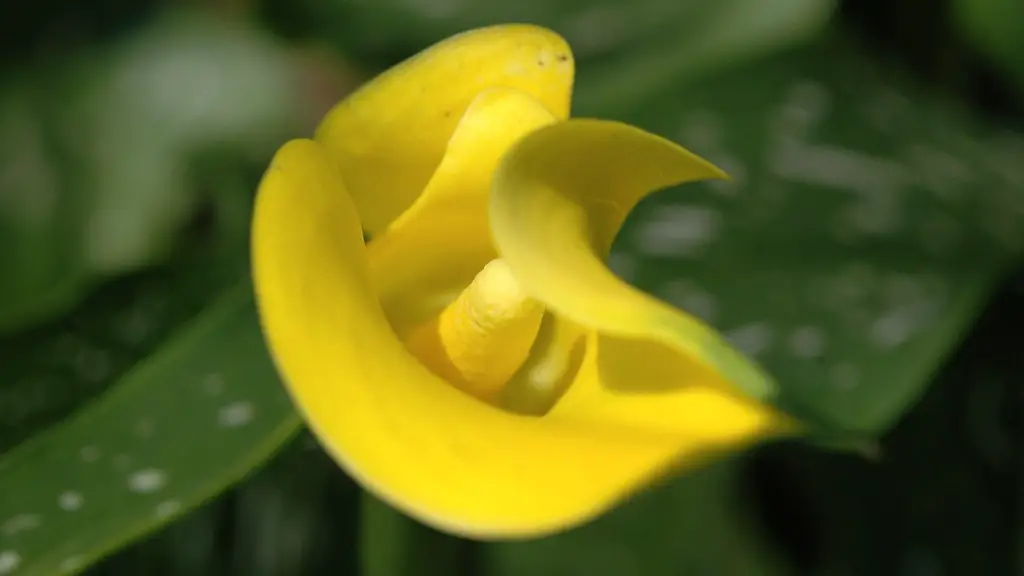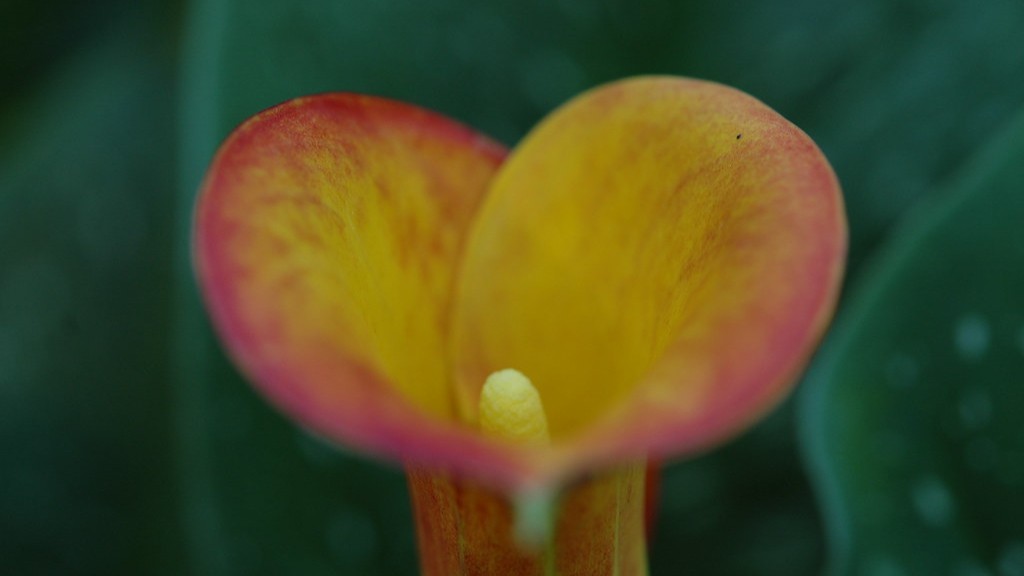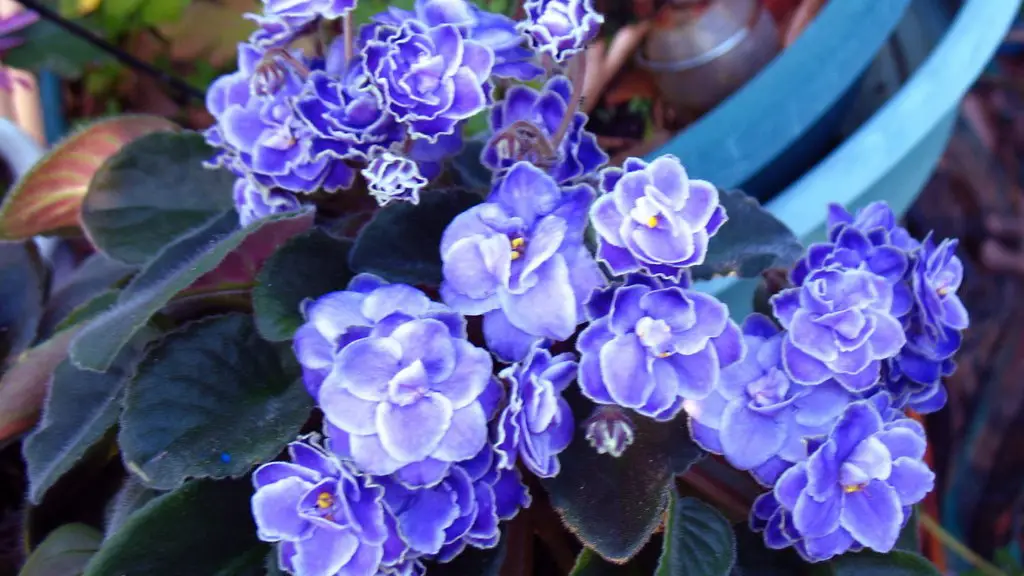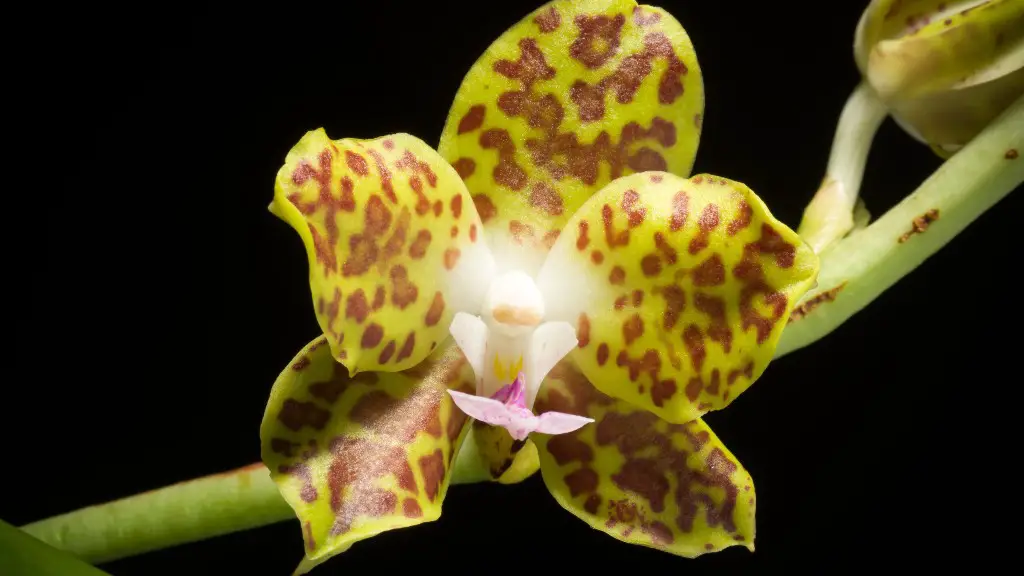Are you interested in learning how to repot a Phalaenopsis orchid plant? If so, you’ve come to the right place! Repotting a Phalaenopsis orchid is not difficult, but there are a few things you need to know and do in order to ensure that your plant thrives. In this article, we will walk you through the process step-by-step so that you can successfully repot your own Phalaenopsis orchid plant!
1. Gather your materials. For repotting you will need:
– new pot with drainage holes
– orchid bark or other well-draining potting mix
– small rocks or gravel
– gloves
– sharp knife
2. Prepare the new pot. Line the bottom of the pot with small rocks or gravel. This will help with drainage.
3. Remove the plant from its current pot. Gently shake off any old potting mix. If the roots are tightly bound, you may need to use a sharp knife to carefully loosen them.
4. Repot the plant. Place the plant in the new pot and fill in around it with the potting mix, gently packing it in place. Water well.
5. Aftercare. Once your plant is repotted, place it in a warm, bright spot out of direct sunlight. Water when the potting mix is dry to the touch.
When should I repot my Phalaenopsis orchid?
It’s generally a good idea to repot your plants every two years after they’ve flowered, or when new growth appears. This will help them stay healthy and continue to grow. Usually, a plant will lose one or two leaves at the bottom every year, and gain one or two leaves at the top. You can repot them anytime from spring through fall.
This is the ideal potting mix for Texas A&M University’s Phalaenopsis orchids. The mix is 80% fir bark and 20% coarse sphagnum peat, which allows the orchids to thrive.
How do you repot an orchid for beginners
Orchids are a beautiful and popular plant, but they can be finicky to care for. If you’re thinking about repotting your orchid, there are a few things to keep in mind.
First, is your orchid new? If so, it’s best to wait a year or two before repotting to give the plant time to adjust to its new environment. If your orchid is older, you’ll need to check when it was last repotted. Orchids should be repotted every one to three years, depending on their growth rate.
Next, take a look at the pot. Is your orchid crowded in there? If the roots are tightly packed or spilling out of the pot, it’s time for a new one.
Carefully remove the orchid from the pot and soak the roots in water for a few minutes. This will make them easier to work with. Gently loosen and untangle the roots, being careful not to damage them.
Place the orchid in the new pot and fill it with fresh potting mix. Water thoroughly and give the plant a bright, warm spot to grow.
If your orchid’s roots are tightly tangled, it’s a sign that it needs to be repotted. Be sure to give your plant breathing room by placing it in a larger pot every year or two with fresh potting soil.
Do orchids need bigger pots as they grow?
Larger pots are required for growing larger plants that have more leaves and roots. Pots of the same size can be used for about two years, and then they have to be replaced with pots that are 1 inch larger in diameter when the orchids are repotted, which should be done once every one to three years.
It’s important to water your orchid thoroughly after you’ve repotted it. For the first few weeks, fertilize it when you water it using a fertilizer that’s high in phosphorus. This will help stimulate root growth.
Do you soak orchid mix before repotting?
When you are ready to repot your orchid, you will need to hydrate the bark mix. This is best done by soaking the bark mix in water for about a half hour. This will help the bark mix to absorb water more easily and help your orchid to get the moisture it needs.
Coffee grounds make an excellent fertilizer, especially for orchids and African violets. Make sure the potting mix is a little damp before fertilizing so that the roots don’t get burned.
Can you use Miracle Gro potting mix for orchids
This potting mix is amazing! I was looking for a high quality substrate to repot my orchids this spring, and this mix has definitely surpassed my expectations. The first thing I noticed when opening the bag was how densely packed it was with the product. This is a great potting mix for orchids, and I’m already seeing a difference in my plants’ growth and health. I highly recommend this product to anyone looking for a great potting mix for their orchids!
If you’re looking to pot your orchid, you’ll need to use a special type of potting mix that’s light and airy. This will allow the roots to breathe and prevent the plant from getting suffocated. You can find this type of potting mix at your local nursery or gardening store.
Should orchid roots be exposed?
There is some debate among orchid experts as to whether a perlite/peat mix is more or less likely to produce aerial roots than bark. However, regardless of the type of substrate, it is important not to cover the roots, as they may rot.
If you’re new to growing orchids, you’ll quickly realize that they don’t do well in regular potting soil. This is because the soil is too dense and doesn’t allow for proper drainage. Orchids actually prefer to grow in the air, with the medium simply providing a place for the roots to cling to.
Should a store bought orchid be repotted
Orchids are best repotted when they are out of bloom, as this allows for the best root growth. However, if the potting media is breaking down and smothering the roots, then the orchid needs to be repotted as soon as possible.
If you suspect your orchid has root rot, lift the plant out of its pot to inspect the roots. If they are mushy and discolored, then your plant likely has root rot. The best course of action is to replant your orchid in a well-draining potting mix and provide plenty of airflow around the plant. You can also add a fungicide to the potting mix to help prevent root rot.
How long does it take for orchid to recover after repotting?
When you repot an orchid, it’s important to give it some time to adjust to its new environment. For the first few weeks, place it in an area with slightly less light than it’s used to. This will help reduce the stress of repotting and help the orchid to acclimate to its new home.
Orchids typically grow in humid environments where there is plenty of air and moisture. Woven plastic or fiber pots most closely resemble these conditions and allow the roots and potting media to breathe. Mesh pots are also a good option in humid environments to ensure plants do not dry out too quickly.
What kind of container is best for orchids
Pots for growing orchids should have drainage holes or slits in the container to ensure your plant doesn’t get soggy, wet feet.
Orchids prefer shallower, squat pots because their roots don’t like all the moisture retained in deep pots. They just don’t need the depth anyway as their roots spread out, not down.
Final Words
1. To repot a phalaenopsis orchid plant, start by removing the plant from its current pot.
2. Next, inspect the roots of the plant and trim off any that are dead or damaged.
3. Once the roots have been trimmed, choose a new pot that is only slightly larger than the current one.
4. Fill the new pot with a potting mix that is designed for orchids and place the plant in it.
5. Water the plant thoroughly and then place it in a location that has bright, indirect light.
To repot your phalaenopsis orchid plant, you will need the following supplies: a new pot, fresh potting mix, and a sharp knife. First, water your orchid plant a few hours before repotting to make it easier to remove from its current pot. Next, use the knife to carefully loosen the roots and remove the plant from its pot. If the plant is particularly rootbound, you may need to trim some of the roots. Once the plant is out of its pot, add fresh potting mix to the new pot and replant the orchid, making sure not to cover the roots. Water your plant well and allow it to drain before putting it back in its original location.
